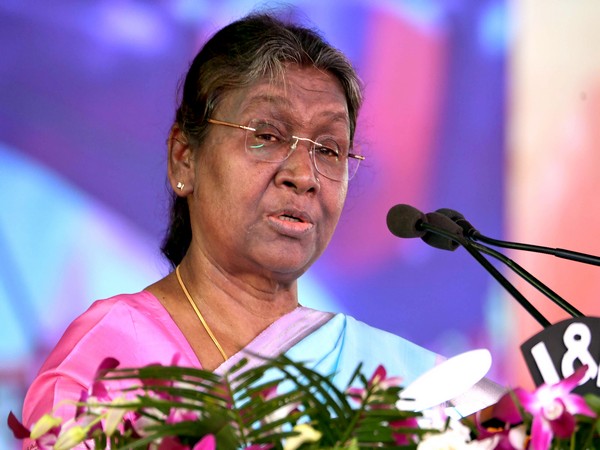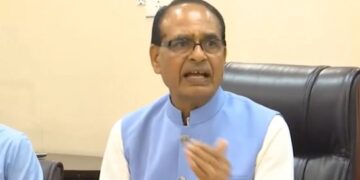New Delhi: The Indian economy needs to generate an average of nearly 78.5 lakh jobs annually until 2030 in the non-farm sector to cater to the rising workforce, according to the Economic Survey for 2023-24.
The Survey tabled in Parliament on Monday also laid emphasis on the private sector’s role to create employment in the country saying “In more than one respect, the action lies with the private sector. In terms of financial performance, the corporate sector has never had it so good.”
It noted that results of a sample of over 33,000 companies show that, in the three years between FY20 and FY23, the profit before taxes of the Indian corporate sector nearly quadrupled.
“The nominal GDP grew 9.6 per cent y-o-y to Rs 295-lakh crore. Hiring and compensation growth hardly kept up with it. But, it is in the interest of the companies to step up hiring and worker compensation,” it stated.
The survey provided a broad estimate of the number of jobs (78.5 lakh per annum) that the economy has to generate.
It further said that everyone in the working age will not seek jobs. Some of them will be self-employed and some of them will be employers too.
More than jobs, the Survey added, economic growth is about generating livelihoods. Governments at all levels and the private sector will have to strive together for it.
It said that the share of agriculture in the workforce will gradually decline from 45.8 per cent in 2023 to 25 per cent in 2047.
“Consequently, the Indian economy needs to generate an average of nearly 78.5 lakh jobs annually until 2030 in the non-farm sector to cater to the rising workforce,” the Survey said.
The demand of 78.5 lakh jobs in the non-farm sector per year, can be met by supplementing the existing schemes of PLI (60 lakh employment generation over 5 years), MITRA Textile scheme (20 lakh employment generation) and MUDRA, etc., it suggested.
The rising employment of flexi workers through staffing companies can be a channel for ensuring social security for informal workers, it stated.
It pointed out that there remains long-existing challenges of formalising a burgeoning workforce, facilitating job creation in sectors which can absorb workers shifting from agriculture, and ensuring social security benefits for those in regular wage/salaried employment.
It further suggested that state governments can grease the wheels of hiring by easing the compliance burden and reforming laws on land.
Concurrently, the employment landscape is fast changing worldwide, and India, aspiring to be a developed nation by 2047, must partake in the massive reshaping of jobs that AI has and is likely to further spin off, it suggested.
The impact of automation on workers being complex and uncertain, the direction of technological change remains susceptible to forces of political economy, it noted.
India thus needs to invest in research and steer the AI bandwagon towards shared prosperity, it suggested, adding that something as basic and age-old as unpaid care work needs attention too.
The development of an affordable, reliable, and quality creche and elderly care infrastructure is the Achilles heel for female participation in paid work, which should be determined by comparative advantage and choice rather than dictated by gender, it stated.
In their fascination for AI and fear of erosion of competitiveness, businesses have to bear in mind their responsibility for employment generation and the consequent impact on social stability, it said.
It noted that the new Labour Codes marginally improved some of regulatory limits (like daily work hours).
However, it stated that the Codes are yet to be fully-operationalised and many states are found to be reintroducing the older restrictions under the new Laws.
It suggested that labour laws need to be reviewed to re-evaluate incentives for employers, with a focus on achieving better outcomes for economic growth and prosperity in the manufacturing sector.
Implementing more flexible labour laws could unleash substantial economic potential, promote gender inclusivity, and attract industrial investment, it stated.





